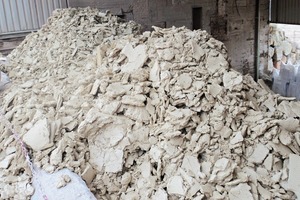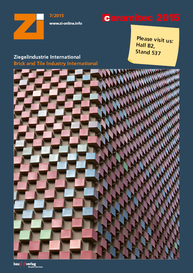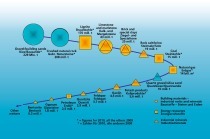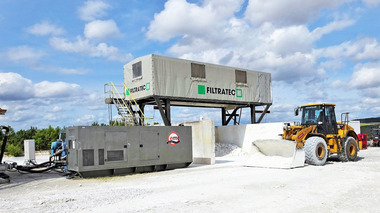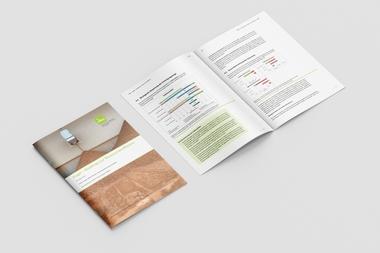Resource efficiency in brick and tile industry –
background and practical examples
background and practical examples
Approval procedures for the extraction of new raw materials are becoming increasingly difficult. Today, the European nature protection directive Natura 2000 has led to a complex network of restrictions. Since the introduction of the flagship initiative for a resource-efficient Europe, it has been clear that this is by no means the end of the story. Against the background of the rapidly rising raw material consumption worldwide, the key demand is: “Drastic saving of primary resources while maintaining the same economic performance”. On national level, the new German resource efficiency program is aimed at guaranteeing the realization of the ambitious goals.
In view of this development, the exciting question for the clay brick and tile industry is how partial decoupling from the primary raw material base could look. Are there anthropogenic raw material sources that could substitute primary brick clays while matching product quality? In what volume and with what continuity are these materials available? Can their use perhaps be associated with technical and monetary advantages? What do the raw material suppliers and brick manufacturers say with regard to raw material efficiency?
With reference to selected field examples, this talk addresses some initial approaches. These concern fine-particle potential raw materials that are liberated during the extraction and processing of non-metallic minerals. In terms of volume, top of the list are clay overburden layers, which can have considerable thicknesses. In second place are clay mineral filter cake from sand, gravel and natural stone washing. One new development is the granulation of rock flours from dry processing. Valuable waste materials that used to be unusable in the form of filler and dust are now available to the clay brick and tile industry as fine particle bulk solids with particle sizes usually smaller than 0.2 mm. With notable contents of feldspars and phyllosilicates, these materials are interesting in respect of the drying and firing behaviour of the bricks.


